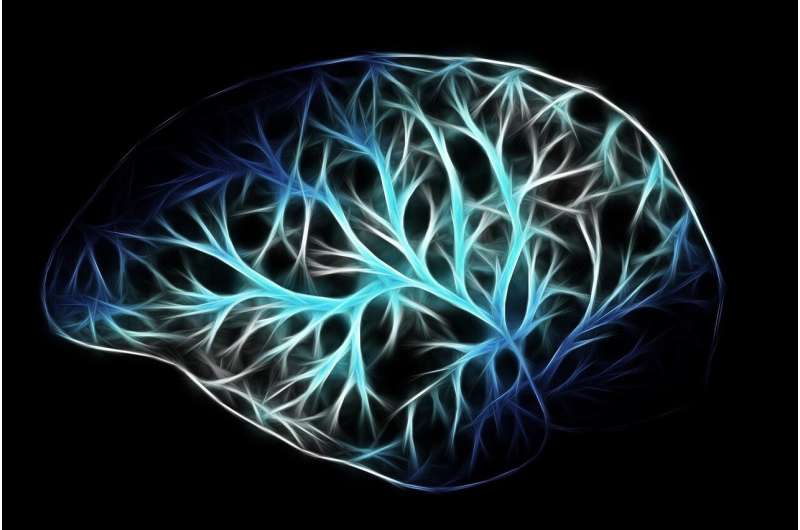
A major mystery in Alzheimer’s disease research is why some brain cells succumb to the creeping pathology of the disease years before symptoms first appear, while others seem impervious to the degeneration surrounding them until the disease’s final stages.
Now, in a study published January 10, 2021 in Nature Neuroscience, a team of molecular biologists and neuropathologists from the UC San Francisco Weill Institute for Neurosciences have joined forces to identify for the first time the neurons that are among the first victims of the disease—accumulating toxic “tangles” and dying off earlier than neighboring cells.
“We know which…


























